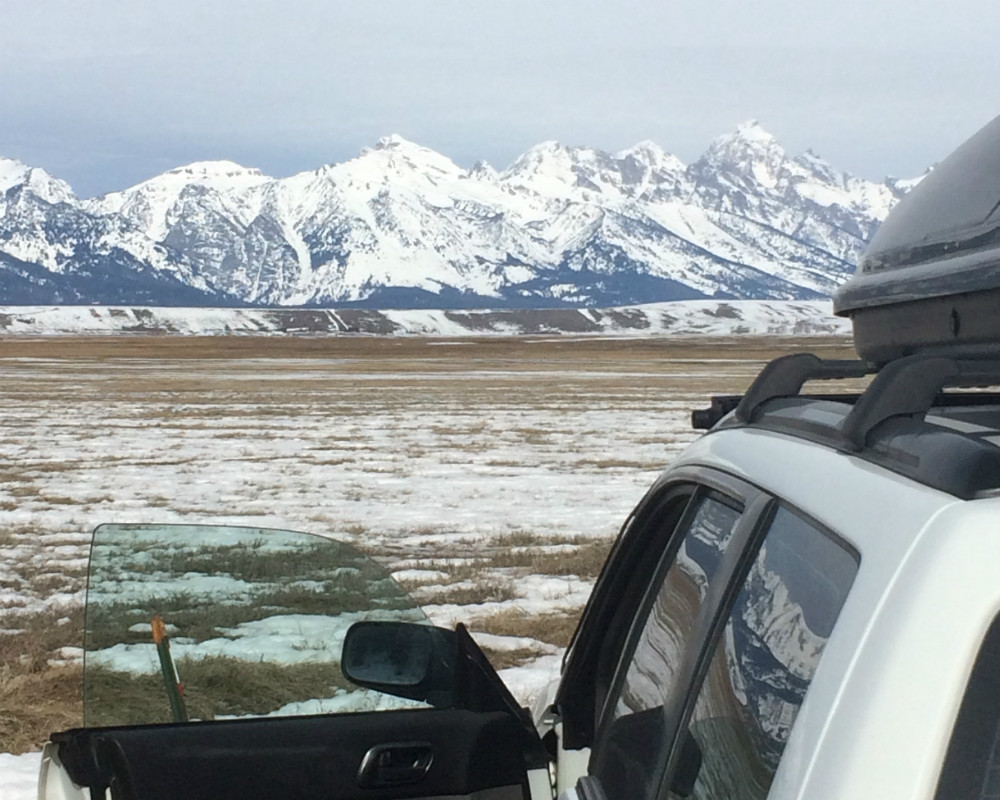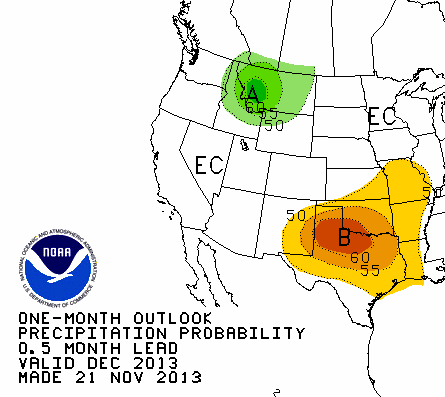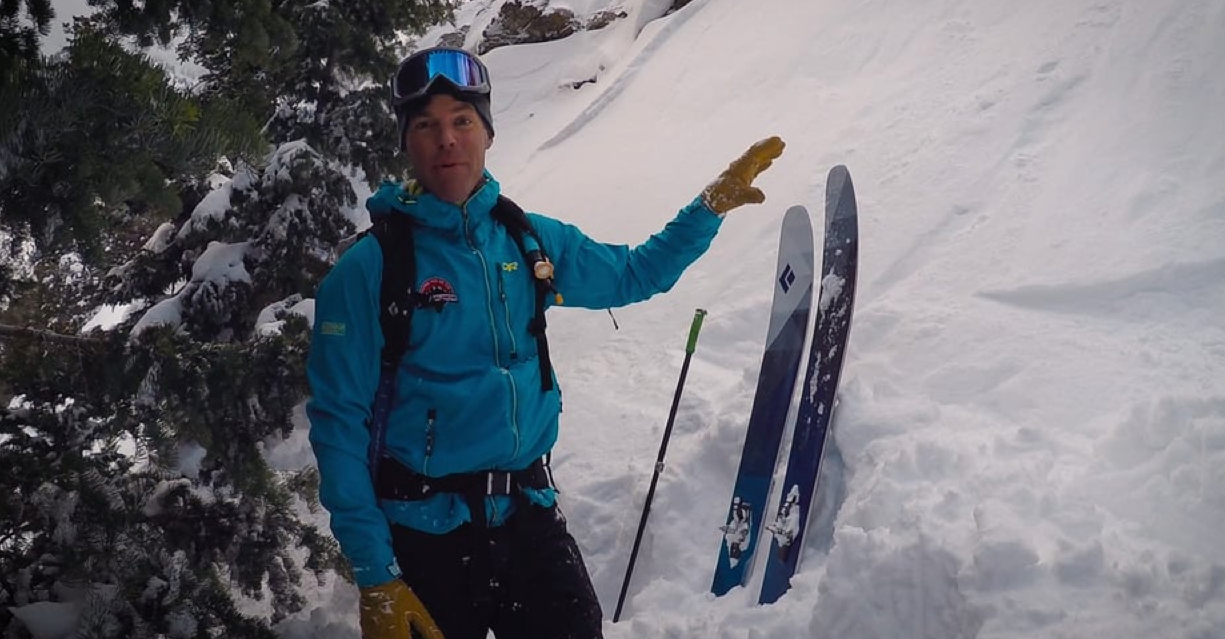
I woke up to a text from my mother one morning in early January. I had converted my Subaru Forester into camper to spend the winter in the mountains. “I saw that it was 8 below last night, are you okay?” I was surprised, cocooned in my hefty sleeping bag with my dog; I thought it was warmer, a lot warmer. My mom was the most worried about my winter road trip, though everyone seemed to think I was on some sort of suicide mission. Time after time I reassured her, and the others, that I would be fine and that if anything went south of freezing, I would book it to a Motel 6 for the night. But hearing so much doubt made me question my own safety. I heard the stories of people dying while slumming it in a ski resort parking lot. I was worried, wondering if everyone was right about me until that below-freezing morning in Mammoth. I replied to her with resounding confidence: yes, yes I was fine––in fact, I was warm.
My knowledge of building an adventure vehicle starts and stops with a guide from Erin Outdoors on how she converted her CRV into a camper. I read through it a few times and slapped together a PVC frame, duck taped a sheet of plywood on top and called it groovy. There was nothing elaborate about the way I lived during the 2016/17 winter and I have no great advice to impart on designing for comfort. However, I spent a lot of time researching how to survive the cold to silence my doubts. Here’s what I learned from the research and the road:
- The smaller the space, the less heating you have to do. Makes sense – heating up a mansion is going to take more energy (and money) than heating a studio apartment. With my bed frame, I had about a foot of space to heat. And with both my dog and I crammed back there, it was easy to heat. The front of the car was always colder and my feet were at the mercy of my blankets every night. A thick curtain could help this while provide more privacy.
- In my research, I learned that a large tarp could be thrown over the bed to trap heat. In real life, I never used it, but I was still happy to have one along with me.

- I put silver window shades in the rear and side windows of the car. Initially, I thought they would serve only as privacy blockers, but the sun deflectors also blocked any frozen condensation from me while I slept. This prevented waking up in an ice coffin every morning. I made mine larger than the windows they covered and stuck them with Scotch Outdoor Mounting Tape (it’s heavy-duty and didn’t lose integrity when exposed to water). I did wake up a few times to dribbles of water falling on my face from condensation settling on the plastic panel above the rear window. It was more of a rude alarm clock than anything (it never happened, or at least never bothered me, until it was time to get up).
- I used a 20-degree rated double sleeping bag, but I also had a 40lb little heater named Lady who would cuddle with me. On very cold nights, I would put a fleece blanket on the inside of the sleeping bag to add an extra layer. A silk liner would be a good investment. If you’re going solo, opt for a slimmer, single sleeping bag.
- As silly as it may sound, I was glad to have a plethora of pillows. I don’t think they helped warm my body, but they served as a great comfort when all I had was a frozen metal box and a sheet of plywood (only a rug and a cheap foam mattress topper to pad) for a bed every night. The pillows added normalcy to it all.

- I had a therapeutic water bag for hot water. It’s basically a giant hard plastic bag that can withstand high temperatures of water and keeps warm for a long time. I was planning on filling it and throwing in my sleeping bag if I ever became desperate. I have seen the same done with thermoses. I never used the water bag, though, I never even thought about it. Again, it was reassuring to have and it will be along on all future trips.
- The warmest spot to sleep: 24-hour parking garages.
- If hell did freeze over, it would be calmer than jumping into the front of my car every morning. Be prepared to warm the car up, then peel yourself away from the cocoon.
- I always kept a stack of Hand Warmers nearby.
- NEVER sleep with a car’s engine running.
This was my experience. It’s very important to never become too prideful in an endeavor like this – there is no contest at the mortuary for bluest lips. If it is too cold seek other options like Couchsurfing or a motel. Hypothermia cannot always be recognized by the affected, so if you are shivering excessively act immediately.





Never do that to an engine, it’s a fantastic way to prematurely wear out the vehicle someone might be living in if this kind of idiotic practice were done even rarely. Awful advice – let the engine run for a bit, especially when it’s cold so the oil can flow to adequately lubricate the necessary moving parts.
My outback has a remote starter. While still in my sleeping bag, I start the engine and allow it to warm up including the heater. Of course, you need to make certain you do not fall back asleep with the engine running.
Excellent! Good job. One extra tip we’ve learned from years of winter car camping, first in an Isuzu Trooper with no dogs, now in a Suburban with 2 big dogs, is this: when it gets below zero, try to park/camp right at the base of a long hill. That way, when you start the vehicle in the morning, immediately drive UP the incline. This makes the engine work harder than when idling, so the heater air gets really hot right away! Rock on!
thats a good way to destroy an engine – warm the cars engine up before you put a big load on the engine.
Never do that to an engine, it’s a fantastic way to prematurely wear out the vehicle someone might be living in if this kind of idiotic practice were done even rarely. Awful advice – let the engine run for a bit, especially when it’s cold so oil can flow to adequately lubricate the necessary moving parts.